Best Study Material for CLAT Exam
CLAT Exam > CLAT Notes > Current Affairs: Daily, Weekly & Monthly > UPSC Daily Current Affairs- January 13, 2022
UPSC Daily Current Affairs- January 13, 2022 | Current Affairs: Daily, Weekly & Monthly - CLAT PDF Download
GS-I
Harvest Festivals in India
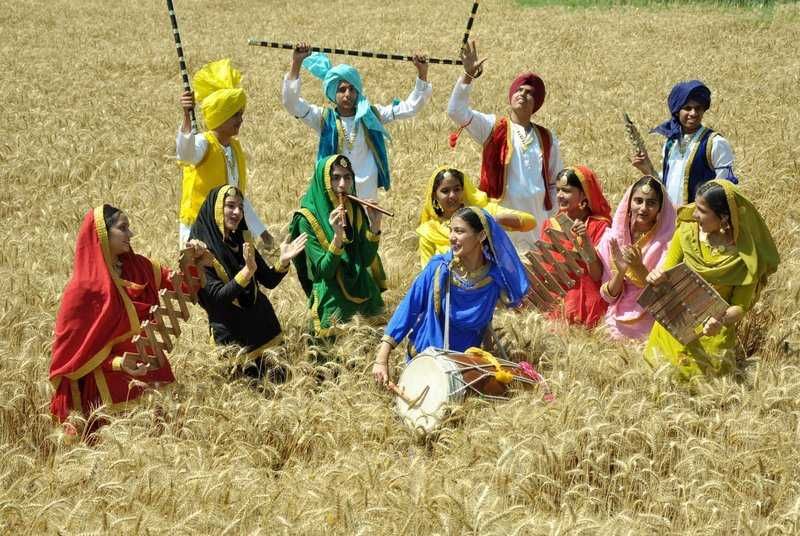
Context
- The President has greeted the people of India on the occasion of Makar Sankranti and Pongal festivals.
About Makar Sankranti
- Makar Sankranti or Uttarayan or Maghi or simply Sankranti is considered as the transition day of Sun into the Capricorn.
- Now the sun moves northwards in the Hindu calendar.
- Dedicated to the deity Surya, many native festivals are organized all over India.
- It mostly falls at the end of Kharif harvests.
Statewise festivals celebration
- Pongal: In South India and particularly in Tamil Nadu, it’s the festival of Pongal which is being celebrated over 4 days at harvest time.
- Lohri: It is celebrated in North India particularly in Punjab as a traditional winter folk festival or as a popular harvest festival of farmers.
- Bhogi: In Andhra Pradesh, it is celebrated as a four day festival with a bonfire with logs of wood, other solid-fuels, and wooden furniture at home that are no longer useful.
- Magha Bihu: In Assam and many parts of the North East, the festival of Magha Bihu is celebrated. It sees the first harvest of the season being offered to the gods along with prayers for peace and prosperity.
- Uttarayan: Gujarat celebrates it in the form of the convivial kite festival of Uttarayan.
- Saaji: In Shimla District of Himachal Pradesh, Makara Sankranti is known as Magha Saaji. Saaji is the Pahari word for Sankranti, start of the new month. Hence this day marks the start of the month of Magha.
Reaping India’s demographic dividend
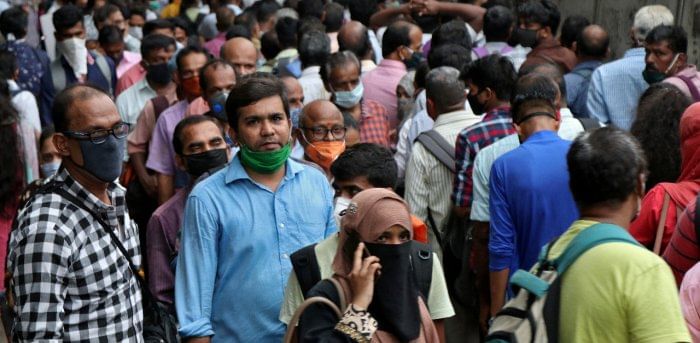
Context
- Countries like Singapore, Taiwan and South Korea have already shown us how demographic dividend can be reaped to achieve incredible economic growth by adopting forward-looking policies and programmes.
The window of demographic opportunity
- With falling fertility (currently 2.0), rising median age (from 24 years in 2011, 29 years now and expected to be 36 years by 2036), a falling dependency ratio (expected to decrease from 65% to 54% in the coming decade taking 15-59 years as the working age population), India is in the middle of a demographic transition.
- This provides a window of opportunity towards faster economic growth. India has already begun to get the dividend.
- As fertility declines, the share of the young population falls and that of the older, dependent population rises.
- If the fertility decline is rapid, the increase in the population of working ages is substantial yielding the ‘demographic dividend’.
- The smaller share of children in the population enables higher investment per child.
- Therefore, the future entrants in the labour force can have better productivity and thus boost income.
- With the passage of time, the share of the older population rises and that of the working age population begins to fall and hence the dividend is available for a period of time, ‘the window of demographic opportunity’.
Need for forward-looking policies
- Without proper policies, the increase in the working-age population may lead to rising unemployment, fueling economic and social risks.
- This calls for forward-looking policies incorporating population dynamics, education and skills, healthcare, gender sensitivity, and providing rights and choices to the younger generation.
Lessons for India
- Countries like Singapore, Taiwan and South Korea have already shown us how demographic dividend can be reaped. There are important lessons from these countries for India.
- NTA data: The first is to undertake an updated National Transfer Accounts (NTA) assessment.
- Using NTA methodologies, we find that India’s per capita consumption pattern is way lower than that of other Asian countries.
- A child in India consumes around 60% of the consumption by an adult aged between 20 and 64, while a child in China consumes about 85% of a prime-age adult’s consumption.
- The NTA data for India needs to be updated to capture the progress made on such investments since 2011-12.
- Invest more in children and adolescents: India ranks poorly in Asia in terms of private and public human capital spending.
- It needs to invest more in children and adolescents, particularly in nutrition and learning during early childhood.
- Make health investments: Health spending has not kept pace with India’s economic growth.
- The public spending on health has remained flat at around 1% of GDP.
- Evidence suggests that better health facilitates improved economic production.
- Hence, it is important to draft policies to promote health during the demographic dividend.
- Make reproductive healthcare services accessible on a rights-based approach: We need to provide universal access to high-quality primary education and basic healthcare.
- The unmet need for family planning in India at 9.4% as per the latest National Family Health Survey-5 (2019-21) is high as compared to 3.3% in China and 6.6% in South Korea, which needs to be bridged.
- Bridge gender differentials in education: The gender inequality of education is a concern.
- In India, boys are more likely to be enrolled in secondary and tertiary school than girls. This needs to be reversed.
- Increase female workforce participation: As of 2019, 20.3% of women were working or looking for work, down from 34.1% in 2003-04.
- New skills and opportunities for women and girls befitting their participation in a $3 trillion economy is urgently needed.
- It is predicted that if all women engaged in domestic duties in India who are willing to work had a job, female labour force participation would increase by about 20%.
- Address the diversity between States: While India is a young country, the status and pace of population ageing vary among States.
- Southern States, which are advanced in demographic transition, already have a higher percentage of older people.
- These differences in age structure reflect differences in economic development and health – and remind us of States’ very different starting points at the outset of the 2030 Sustainable Development Goals Agenda.
- But this also offers boundless opportunities for States to work together, especially on demographic transition, with the north-central region as the reservoir of India’s workforce.
- Governance reform: A new federal approach to governance reforms for demographic dividend will need to be put in place for policy coordination between States on various emerging population issues such as migration, ageing, skiling, female workforce participation and urbanisation.
Conclusion
- In India, the benefit to the GDP from demographic transition has been lower than its peers in Asia and is already tapering. Hence, there is an urgency to take appropriate policy measures.
Saraswati River
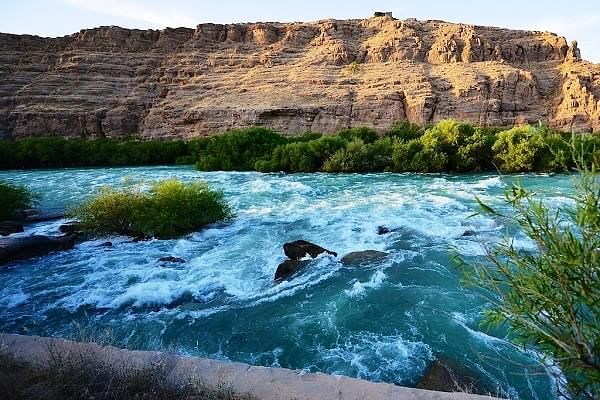
Context
- The critical role of River Saraswati for Indian Civilization was highlighted during the first day of the 25th National Youth Festival 2022.
About National Youth Festival
- The National Youth Festival is aimed at shaping the minds of India's youth and transforming them into a "united force for nation-building."
- It is one of the biggest exercises in social cohesion and intellectual and cultural integration. It aims to bring diverse cultures of India and integrate them into a united thread of 'Ek Bharat, Shreshtha Bharat',
- It is celebrated on the birth anniversary of Swami Vivekananda.
About Saraswati River
- The river originated from Kapal Tirith in the Himalayas in the west of Kailash, flowed southward to Mansarovar and then turned towards the west.
- The river flowed through Haryana, Rajasthan and North Gujarat.
- It also flowed through Pakistan before meeting the Western Sea through the Rann of Kutch and was approximately 4,000 km in length.
- The river had two branches: western and eastern.
- The Himalayan-born Satluj “of the PAST”, which flowed through the channels of present-day Ghaggar-Patialiwali rivulets, represents the western branch of the ancient river.
- On the other hand, Markanda and Sarsuti represented the western branch of Saraswati, known as Tons-Yamuna.
- The confluence of the branches was near Shatrana, 25 km south of Patiala. And suddenly, it flows across the desert (Rann of Kutch) and meets the Gulf of the western sea.
Historical Evidence of the Saraswati River
- The Sarasvati River is one of the main Rigvedic rivers mentioned in the scripture Rig Veda and later Vedic and post-Vedic texts.
- Book 6 of the Rig Veda includes a hymn called the ‘Nadistuti Sukta’, which sings praises of the Saraswati as being “perfect mother, unsurpassed river, supreme goddess”.
- For 2000 years, between 6000 and 4000 B.C, the Saraswati flowed as a great river.
GS-II
National Education Alliance for Technology (NEAT) Initiative
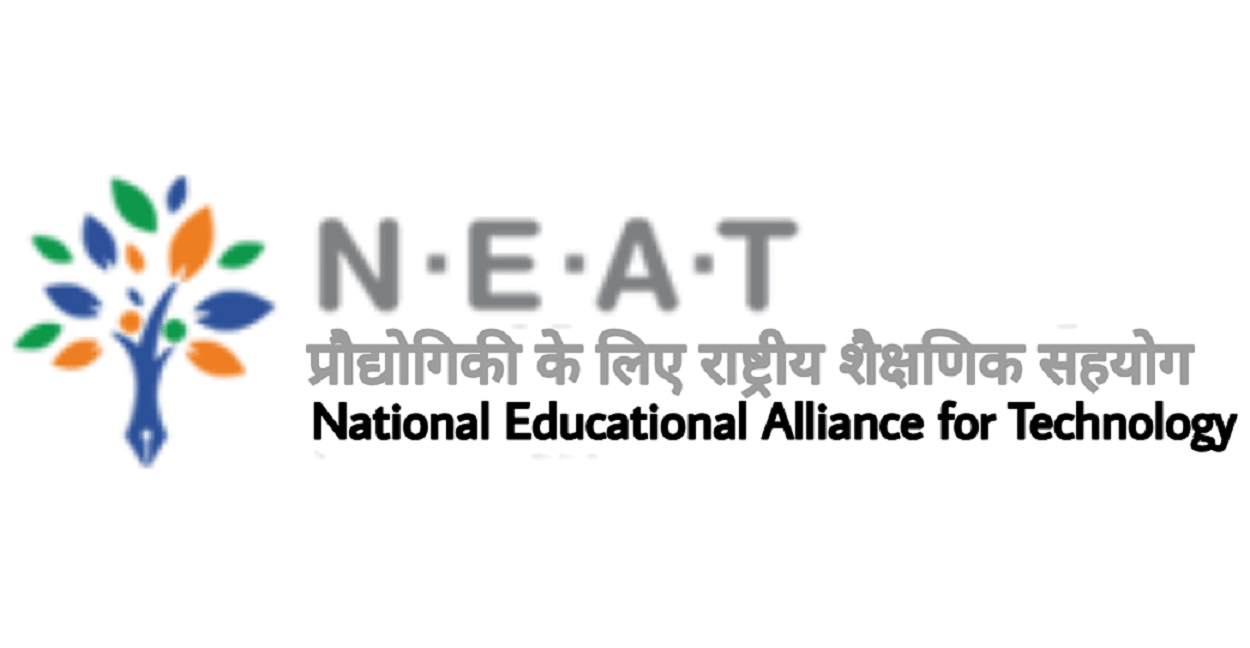
Context
- NEAT launched as a single platform for providing the best-developed ed-tech solutions and courses to the students in India.
About the project
- Project by: Ministry of Education, piloted by the All-India Council for Technical Education (AICTE).
- Aims: To help students from socio-economically disadvantaged communities enroll for courses taught by ed-tech companies, has offered them a glimmer of hope.
- It was launched with the aim of using Artificial Intelligence to make learning customized and personalized for learners.
- It also seeks to recognize the development of technologies in Adaptive Learning and bring them on a single platform.
- Significance: The NEAT initiative is taking shape at a time the government has announced plans to introduce a policy to regulate the ed-tech sector to prevent instances of "exploitation".
- Ed-tech course coupons: A bank of free coupons has been created which are now being distributed among beneficiaries.
- The final list of beneficiaries: Has been picked using an automated tool with caste, income, gender, age as filters.
Henley Passport Index
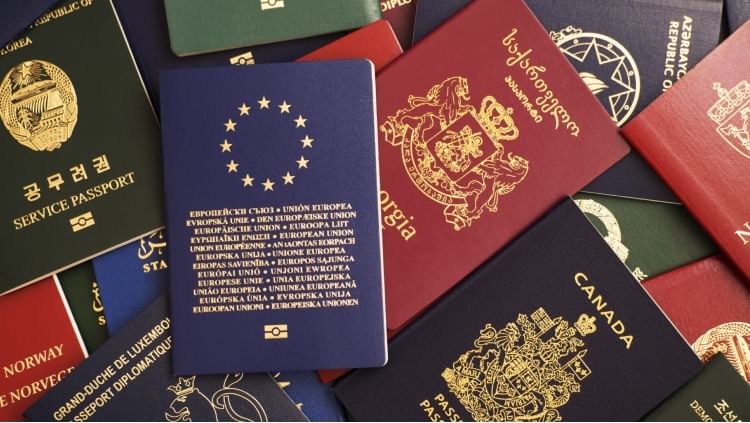
Context
- Recently, India’s passport rank improved to 83 from 90 in the Henley Passport Index.
- India now has visa-free access to 60 destinations worldwide with Oman and Armenia being the latest additions.
- India has added 35 more destinations since 2006.
Top Performers
The most powerful passport in the world for the year 2022
- Japan, Singapore
- Germany, South Korea
- Finland, Italy, Luxembourg, Spain
- Austria, Denmark, France, Netherlands, Sweden
- Ireland, Portugal
About Henley Passport Index
- It is the original, authoritative ranking of all the world’s passports according to the number of destinations their holders can access without a prior visa.
- The index is based on exclusive data from the International Air Transport Association (IATA), which maintains the world’s largest and most accurate database of travel information.
- The index covers 227 destinations and 199 passports.
 |
Download the notes
UPSC Daily Current Affairs- January 13, 2022
|
Download as PDF |
Download as PDF
Need to recast the selection process of the ECs

Context
- The attendance of the Chief Election Commissioner (CEC) and his Election Commissioner (EC) colleagues at an “informal” meeting with the Principal Secretary to the Prime Minister has brought renewed focus on the independence and impartiality of the Election Commission of India (ECI).
Need for changes in the appointment process
- The changes in the appointment process for ECs can strengthen ECI’s independence, neutrality and transparency.
- The appointment of ECs falls within the purview of Article 324(2) of the Constitution, which establishes the institution.
- Article 324(2) contains a ‘subject to’ clause which provides that both the number and tenure of the ECs shall be “subject to provisions of any law made in that behalf by Parliament, be made by the President.”
- Apart from enacting a law in 1989 enlarging the number of ECs from one to three, Parliament has so far not enacted any changes to the appointment process.
- In 1975 itself, the Justice Tarkunde Committee recommended that ECs be appointed on the advice of a Committee comprising the Prime Minister, Lok Sabha Opposition Leader and the Chief Justice.
- This was reiterated by the Dinesh Goswami Committee in 1990 and the Law Commission in 2015.
- The 4th Report (2007) of the Second Administrative Reforms Commission additionally recommended that the Law Minister and the Deputy Chairman of the Rajya Sabha be included in such a Collegium.
- Violation of Article 14 and 324: Three Writ Petitions, with one pending since 2015, are urging the Supreme Court to declare that the current practice of appointment of ECs by the Centre violates Article 14, Article 324(2), and Democracy as a basic feature of the Constitution.
- Precedent does exist in the case of Rojer Mathew v South Indian Bank Ltd, to argue against the Executive being the sole appointer for a quasi-judicial body.
- The Supreme Court had recognised that “Election Commission is not only responsible for conducting free and fair elections but it also renders a quasi-judicial function between the various political parties including the ruling government and other parties.”
- In such circumstances, the executive cannot be a sole participant in the appointment of members of Election Commission as it gives unfettered discretion to the ruling party.
GS-III
Retail Inflation

Context
- India's benchmark inflation rate, measured by the Consumer Price Index (CPI), firmed up to 5.59% year-on-year in December 2021, data released by the Ministry of Statistics and Programme Implementation showed.
About Retail Inflation
- With this, the CPI has remained within the RBI's tolerance level for the sixth consecutive month.
- According to the Monetary Policy Committee’s official mandate, the rate-setting panel is supposed to keep inflation in a band of 2-6%, with the medium-term target being 4%.
CPI-based Inflation
- Retail prices of goods and services: When we talk about the rate of inflation, it often refers to the rate of inflation based on the consumer price index (CPI).
- The CPI tracks the change in retail prices of goods and services which households purchase for their daily consumption.
- To measure inflation: we estimate how much CPI has increased in terms of percentage change over the same period the previous year.
- If prices have fallen, it is known as deflation (negative inflation).
- The Central Bank (RBI) pays very close attention to this figure in its role of maintaining price stability in the economy.
- CPI also helps understand: The real value of salaries, wages, and pensions, the purchasing power of the nation’s currency, and regulating rates.
- CPI formula: (Price of basket in current period / Price of basket in base period) x 100
Appointment of the new chairman of ISRO
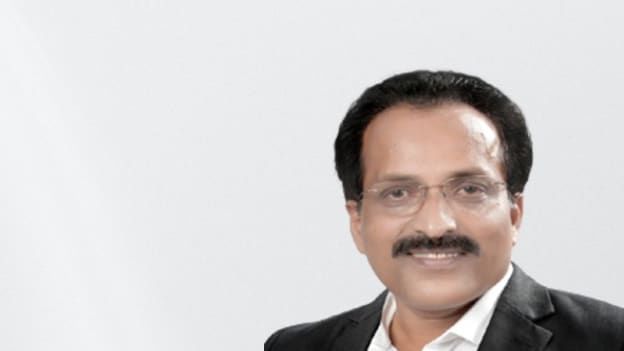
Context
- Recently, the Indian Space Research Organisation (ISRO) announced the appointment of the eminent rocket scientist Dr S Somanath as its new chairman and Space Secretary.
About
- Dr Somanath is taking over the reins of ISRO at a critical juncture when sweeping reforms and critical missions are set to define the forward journey of the storied space agency.
- He has played a major role in the development of the PSLV and the Geosynchronous Satellite Launch Vehicle Mk-III (GSLV Mk-III).
- He joined the GSLV Mk-III project in 2003 and served as Project Director from 2010 to 2014.
Indian Space Research Organisation(ISRO)
- About
- It was founded in 1969 to develop an independent Indian space program. Its headquarters are in Bangalore (Bengaluru).
- ISRO’s chief executive is a chairman, who is also chairman of the Indian government’s Space Commission and the secretary of the Department of Space.
- Mission
- Design and development of launch vehicles and related technologies for providing access to space.
- Design and development of satellites and related technologies for earth observation, communication, navigation, meteorology and space science.
- Space-based Applications for Societal development.
- Research and Development in space science and planetary exploration.
- Milestone achieved
- ISRO’s first satellite, Aryabhata, was launched by the Soviet Union on April 19, 1975.
- Rohini, the first satellite to be placed in orbit by an Indian-made launch vehicle (the Satellite Launch Vehicle 3), was launched on July 18, 1980.
- ISRO has launched several space systems, including the Indian National Satellite (INSAT) system for telecommunication, television broadcasting, meteorology, and disaster warning and the Indian Remote Sensing (IRS) satellites for resource monitoring and management.
- ISRO subsequently developed three other rockets: The Polar Satellite Launch Vehicle (PSLV) for putting satellites into polar orbit, the Geostationary Space Launch Vehicle (GSLV) for placing satellites into geostationary orbit, and a heavy-lift version of the GSLV called the GSLV Mark III or LVM.
- Those rockets launched communications satellites and Earth-observation satellites as well as missions to the Moon (Chandrayaan-1, 2008; Chandrayaan-2, 2019) and Mars (Mars Orbiter Mission, 2013).
- The Indian Space Association (ISpA) was launched to supplement the Centre’s efforts in commercial space exploration and space-based communication.
- Various stakeholders in the Indian space domain with members comprising the Indian Space Research Organisation (ISRO), Bharti Airtel, One Web, Tata Group’s Nelco, L&T, MapMyIndia among others. ISRO demonstrated free-space quantum communication over a distance of 300 metres. The free-space communication using QKD (Quantum Key Distribution) was demonstrated at Space Applications Centre (SAC), Ahmedabad, Gujarat.
- The Indian Space Research Organisation's customised space-themed merchandise programme in partnership with industry has taken off with multiple companies on board.
- A person will be able to purchase authorised products connected to ISROs missions and work, such as scale models, T-shirts, mugs, space-themed educational games, science toys, and more.
Significance
- These missions are critical for ISRO as they will demonstrate India's capabilities to make landings for further interplanetary missions.
- These missions will be the benchmark for temperature data at best resolution and repeatability globally.
- These will be technology demonstration missions with advanced indigenously developed technologies.
Challenges
- One of the biggest challenges is putting the agency’s human space flight programme back on track following setbacks due to launch failures, the Covid-19 outbreak, and a general slowdown since the failure of the Chandrayaan 2 robotic moon landing mission in September 2019.
- Constraints: ISRO has the scientific, technological, infrastructure and budgetary constraints in launching significantly more satellites to meet civilian, commercial needs and military requirements.
The document UPSC Daily Current Affairs- January 13, 2022 | Current Affairs: Daily, Weekly & Monthly - CLAT is a part of the CLAT Course Current Affairs: Daily, Weekly & Monthly.
All you need of CLAT at this link: CLAT
|
969 docs|678 tests
|
FAQs on UPSC Daily Current Affairs- January 13, 2022 - Current Affairs: Daily, Weekly & Monthly - CLAT
| 1. What are the three general studies papers in the UPSC exam? |  |
| 2. What is the purpose of UPSC Daily Current Affairs? |  |
Ans. The purpose of UPSC Daily Current Affairs is to provide relevant and updated information on current events that are important for the UPSC exam preparation.
| 3. What is the significance of Frequently Asked Questions (FAQs) in the UPSC exam? |  |
Ans. Frequently Asked Questions (FAQs) are important for the UPSC exam as they help candidates understand and clarify common doubts or queries related to a particular topic or subject. They serve as a valuable resource for exam preparation.
| 4. How can I ensure that my Frequently Asked Questions (FAQs) are most likely to be searched? |  |
Ans. To ensure that your Frequently Asked Questions (FAQs) are most likely to be searched, you can use keywords or phrases that are commonly associated with the topic or subject. You can also refer to popular search queries related to the article title or exam and include them in your FAQs.
| 5. What is the recommended level of complexity for Frequently Asked Questions (FAQs) in the UPSC exam? |  |
Ans. The recommended level of complexity for Frequently Asked Questions (FAQs) in the UPSC exam is similar to that of the text or exam. The questions and answers should be clear, concise, and easily understandable for candidates.
Related Searches





















